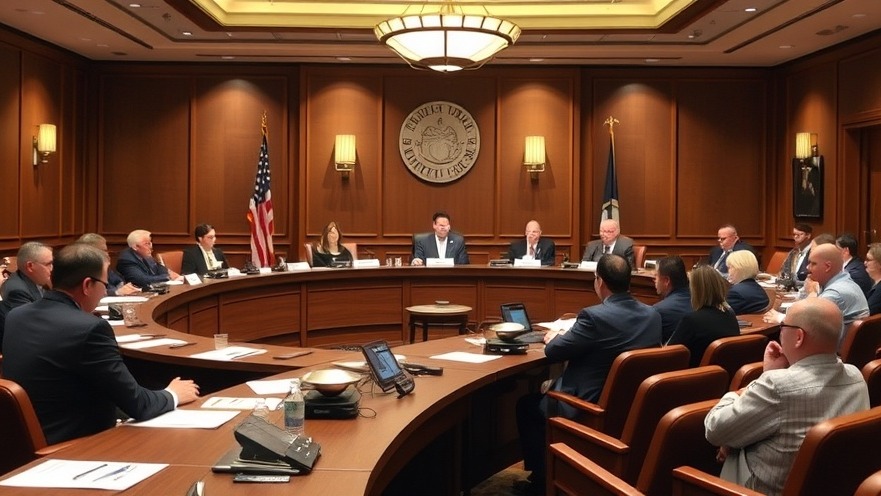
The New Tax Rate: A Financial Relief for Homeowners
In a significant move aimed at alleviating financial pressure on local homeowners, the Austin Independent School District (AISD) Board of Trustees has adopted a lower property tax rate for the fiscal year 2025-26. During a meeting held on September 25, trustees approved a tax rate of $0.9252 per $100 valuation, which is a slight reduction from the previous year’s rate.
The board decided to lower the maintenance and operations (M&O) tax rate to $0.8022 per $100 valuation, a decrease from $0.8275 for fiscal year 2024-25. This M&O rate is crucial as it funds the day-to-day operations of the district, including salaries and operational costs, while the interest and sinking (I&S) tax rate remains unchanged at $0.123 per $100 valuation, focusing solely on repaying debt.
Exploring the Savings for Homeowners
The implications of this tax change are notable. Depending on the outcome of a statewide election in November seeking to raise the homestead exemption from $100,000 to $140,000, homeowners could enjoy substantial savings. If approved, a typical AISD homeowner with an average taxable property value of $517,514 would see their annual property tax bill drop by $864 to approximately $3,493. In the scenario where the exemption increase does not pass, homeowners will still benefit from a $494 reduction in their tax bill.
Ongoing Support for Historical Landmarks
The board’s commitment to supporting local heritage continues with the decision to maintain a partial tax exemption for historical landmarks. This initiative, originally adopted in 1979 and modified over the years, reflects AISD's role in preserving the cultural landscape of Austin while providing financial relief to property ownerswithin designated historical areas.
Understanding the Bigger Picture: AISD's Budget and Revenue Flow
According to district estimates, AISD is projected to collect nearly $1.5 billion from local property taxes in FY 2025-26. However, a significant portion of these funds will return to the state through a process known as recapture. This state system redistributes excess local revenue from wealthier districts to those with less, making AISD one of the highest contributors to this funding model, with expected payments of around $900.9 million for the 2022-23 fiscal year.
Austin's Fiscal Challenge and Strategic Adjustments
The adjustment to the tax rate comes amid a backdrop of budgetary strain. AISD had faced a deficit of $19.7 million in its $1.63 billion budget for 2025-26. Earlier this year, proposed budget reductions, including cuts to central office staffing and new avenues for revenue such as land sales, were implemented to tackle the shortfall. As part of these efforts, the district aims to curb operational costs while still supporting essential programs.
Impact of Budget Decisions on Educational Quality
The reductions and strategic initiatives within the district raise vital questions about how budget constraints impact educational quality and staff compensation. With overall funding affected by legislative decisions and economic conditions, the AISD community must stay informed about these developments as they can ultimately influence programs, teacher salaries, and student support services.
Engaging the Community for Better Outcomes
As the community gears up for crucial decisions with potential long-term impacts on education funding, it is essential for homeowners and residents to stay engaged. Upcoming elections and budgetary discussions provide opportunities for locals to voice their concerns and preferences, which significantly influence the direction of educational funding within the district.
Overall, the adoption of a lower property tax rate reflects AISD’s commitment to its constituents, providing much-needed financial relief while navigating complex fiscal challenges. Staying informed and engaged in local governance is essential for all community members, as every decision impacts their lives directly.
 Add Element
Add Element  Add Row
Add Row 



Write A Comment